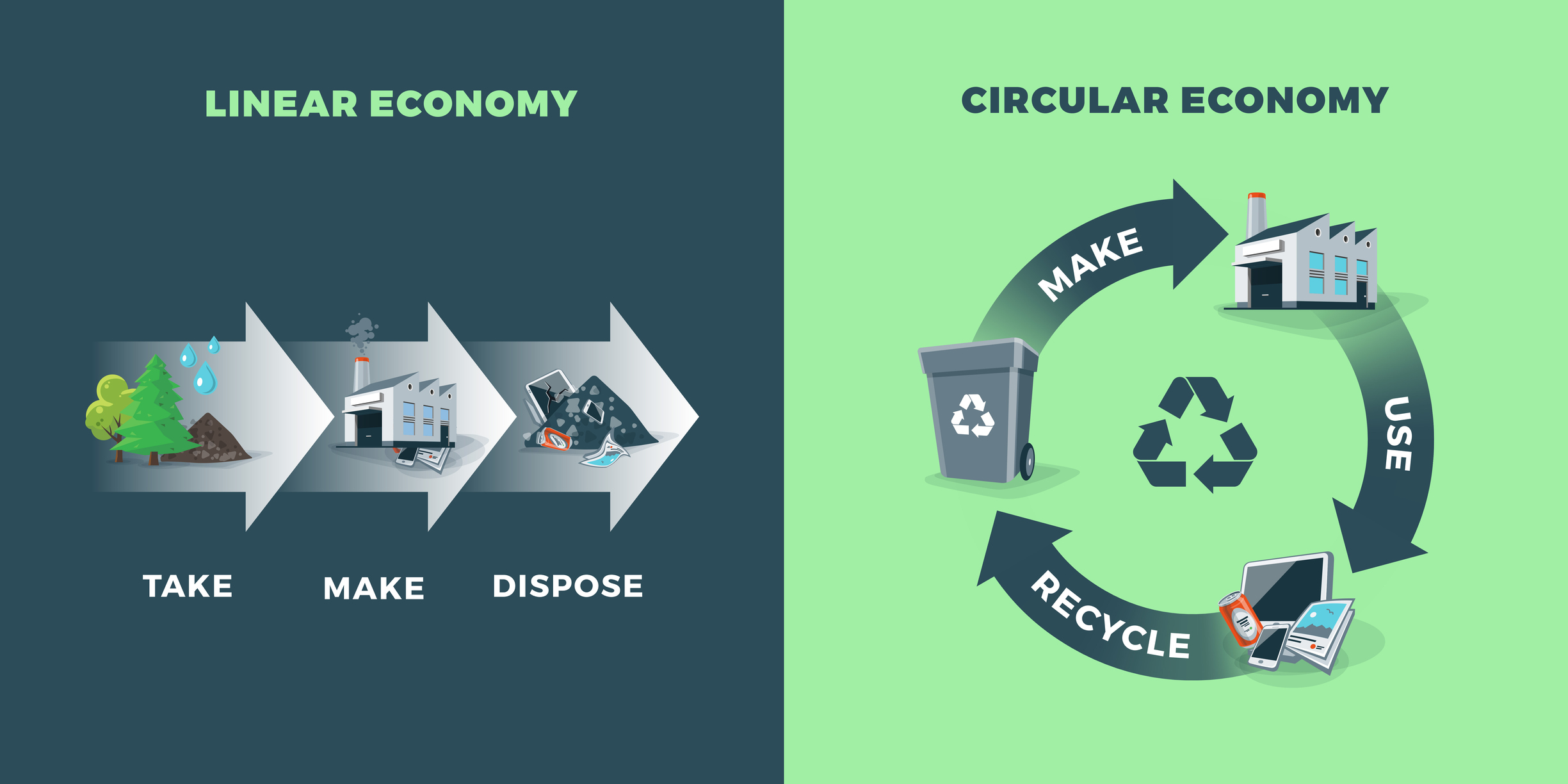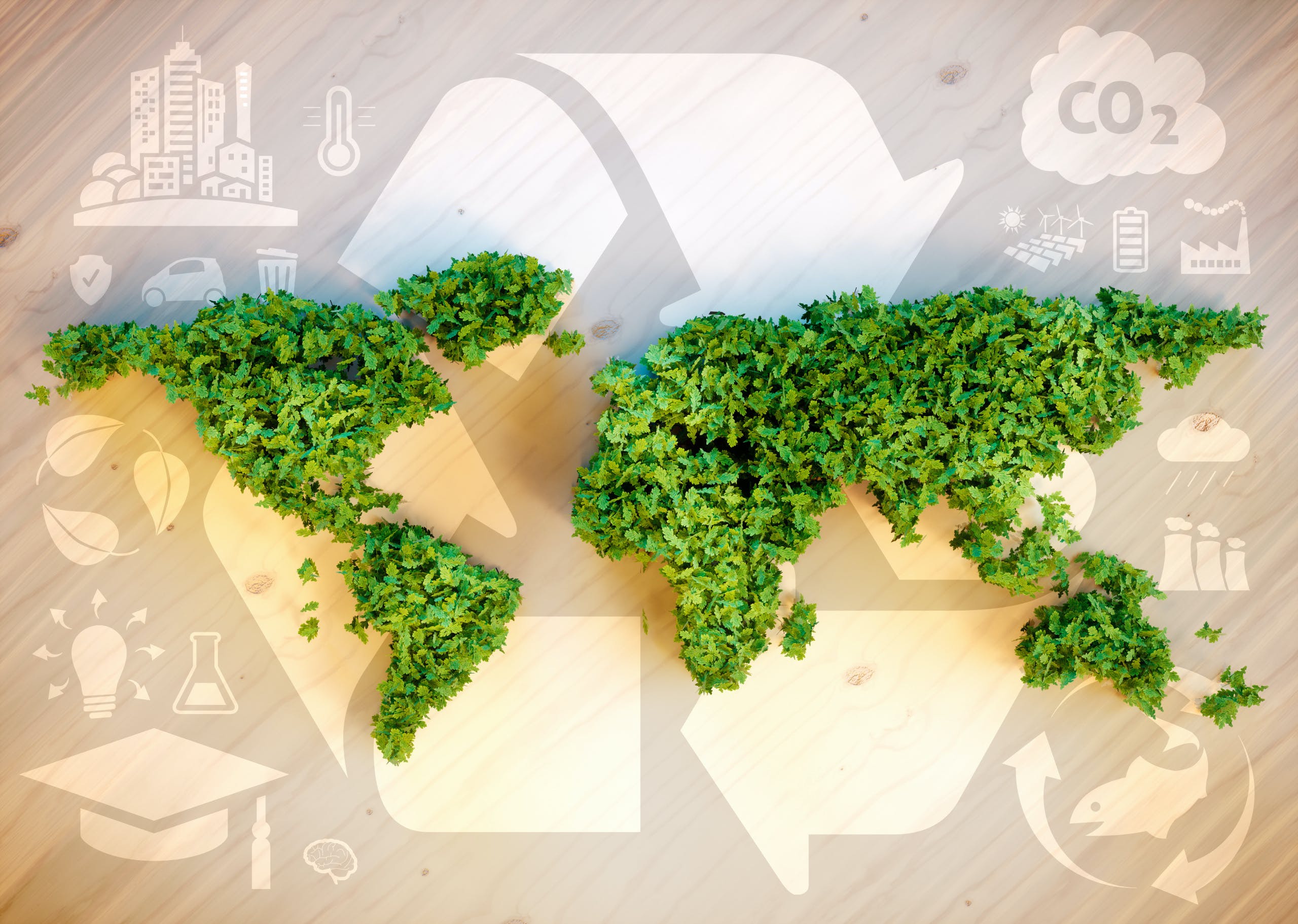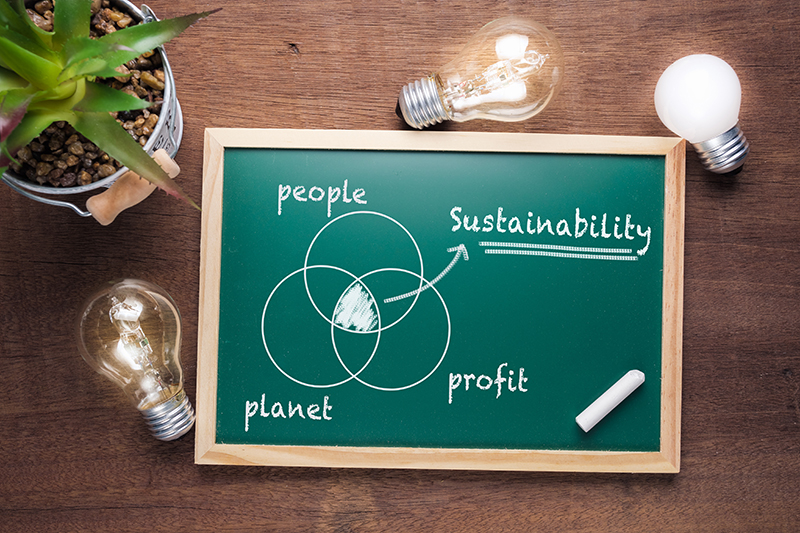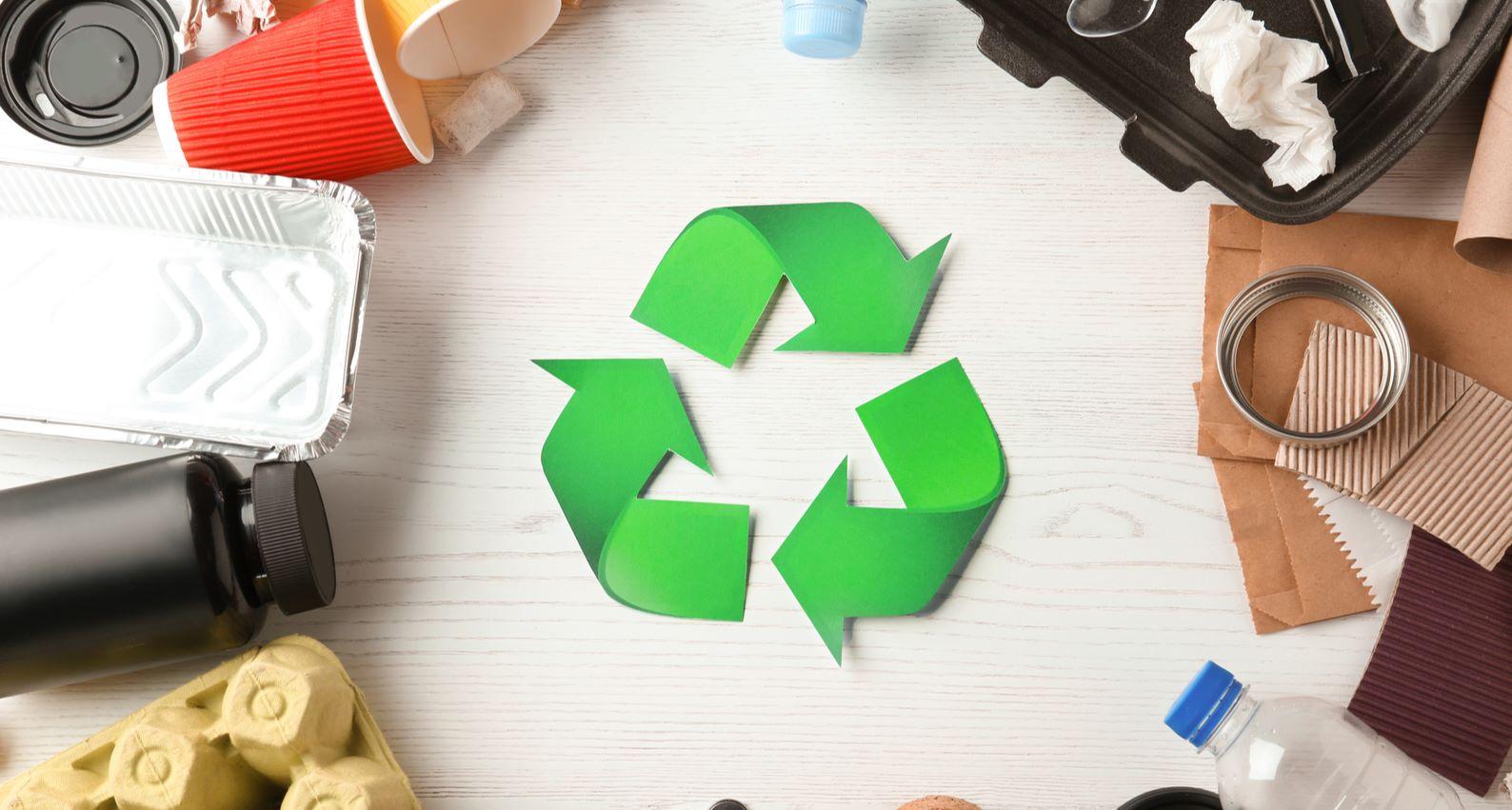Companies are adopting sustainable packaging solutions to collaborate with the circular economy in different markets. The impact of the COVID-19 pandemic generated changes in the offer and demand of products. New channels of selling appeared, and consumers adopt new habits and ideas about the environment.
The circular economy is defined as a model of production and consumption, which involves sharing, leasing, reusing, repairing, refurbishing, and recycling existing materials and products for as long as possible.

In this way, the life cycle of products is extended for reducing waste to a minimum. When a product reaches the end of its life, its materials are kept within the economy wherever possible. This can provide a system to not only protect the environment but use natural resources more wisely, develop new sectors, create jobs, and develop new capabilities.
According to GlobalData, seven deals among the top 10 investment deals in Q2 2022 fall under the “sustainability & ethics” theme, reflecting the interest of global investors in this topic. Even global consumer brands like Cola-Cola, PepsiCo, Unilever, Danone, and Nestle have committed for providing 100 percent recycled plastic in their packaging and introduced reusable or recyclable packaging.

Both regulators and non-governmental institutions are encouraging the packaging sector to shift towards a circular economy to maximize efficiency and minimize resource wastage. Many packaging firms are enhancing their buy-build-and-partnership strategy in the circular economy space to avoid falling behind their competence.
The advance of emerging technologies has let organizations develop projects jointly with specialized firms of software and automation. One example is the use of IoT and augmented reality for smart packaging solutions. Another case is the application of blockchain technology to help product end-users view the history of recycled material and to ensure the long-term sustainability of its supply chain.

Businesses are living in a process of adaptation to maintain a competitive position in their markets. Companies need to adopt more sustainable packaging solutions inside their primary tasks. The circular economy must be part of the vision for the organizations to build a harder bond with their customers and suppliers. It’s crucial to find new ways of production in which operational objectives and environmental caring converge.

If you’re planning to replace your packaging with a more sustainable solution, Interbrands Packaging is the partner you are looking for.
Contact us and let’s talk about sustainable business! 

 interbrandspackaging.com/en/interbrands-packaging/
interbrandspackaging.com/en/interbrands-packaging/
 sales@interbrandspackaging.com
sales@interbrandspackaging.com
 US Sales: (832) 521 3713
US Sales: (832) 521 3713
References
Recycling Product News. (September 21, 2022). Shift towards circular economy drives digital transformation in packaging sector, finds GlobalData. Retrieved from https://www.recyclingproductnews.com/article/39173/shift-towards-circular-economy-drives-digital-transformation-in-packaging-sector-finds-globaldata
European Parliament News. (April 26, 2022). Circular economy: definition, importance and benefits. Retrieved from https://www.europarl.europa.eu/news/en/headlines/economy/20151201STO05603/circular-economy-definition-importance-and-benefits
Leave a Reply